The success mantra of today’s data-driven result-oriented digital marketer – like you – depends on getting the 4Rs right.
What are the 4Rs of modern-day marketing?
You need to ensure that you deliver the right message to the right customer at the right time, on the right channel.
Sounds challenging, right?
Well, it is.
Given the ever-increasing number of devices and channels on which your growing customer base continues to remain active on, you end up collecting large amounts of cross-device and multi-channel data that requires advanced analysis to arrive at actionable solutions.
With apps taking over a huge share of business volumes and revenues across industries such as BFSI, retail, travel, media, food delivery, and hyperlocal services; mobile marketing has predictably become the core focus area of marketing strategies.
Push Notifications, SMS, and in-app messages are the three channels that form the backbone of your mobile marketing strategy. The former two being the major channels for offsite engagement, figuring which of the two is more effective can often be confusing.
SMS has been a traditional and reliable channel of engagement since the ‘90s, with an incredible open rate as high as 94%, serving as a primary tool for transactional notifications.
On the other hand, almost 50% of smartphone users have push notifications enabled on their devices, providing a huge opportunity for you to drive user engagement.
With the advent of messaging apps, it might seem that SMS as a channel is going to be obsolete soon. But that’s far from the case!
As per the Mobile Messaging Report by Mobile Ecosystem Forum, SMS still remains third in terms of global reach.
Push Notifications vs. SMS
While both push notifications and SMS appear on the mobile screen as a pop-up and allows you to reach out directly to your customers, there are fundamental differences between the two.
Let’s have a quick peek.
Different audience: SMS can be used to communicate with users even when they haven’t installed your app on their smartphones and are connected to the internet. However, push notifications can be sent only to app users when their smartphones have an active data connection
Permissions: You cannot send push notifications to your app users unless they have opted to receive them. But, SMS as a channel doesn’t require your app users’ explicit permission. However, users can choose to not receive marketing messages on both channels, if they wish to. It is important for you to ensure you are sending highly personalised, relevant, and timely messages to reduce the chances of annoying users with high-volume impersonal marketing content and enhance the chances of eventual conversion
Content: SMS, as a channel, has a character limit and is restrictive when it comes to experimenting with content. You can mostly include only links. On the other hand, push notifications can be enhanced using rich elements – GIFs, emojis, images, audio, video, and CTAs. The level of user engagement is higher in push notifications owing to the attractive and creative content.
Also Read: Increase your push delivery rates through Push Amplification
Should I use Push Notifications or SMS as a channel for user engagement?
As mentioned earlier, it can become tricky to decide whether to use push notifications or SMS…or both.
Here are some critical use cases that will make your decision-making much easier!
Business-critical Information: Use SMS
Since SMS as a channel has been around for a long time, it is conventionally considered more reliable and personal. Also, it is easier to get delivery confirmation for SMS campaigns. SMS still enjoys a higher open rate than push notifications. All these points add up to give SMS an edge over push notifications when it comes to delivering business critical information.
For instance; information such as order confirmation, delivery status, payment success or failure, membership status, etc. can be sent through SMS in a timely manner to keep your users updated in real-time and further nudge them towards more action, if required.
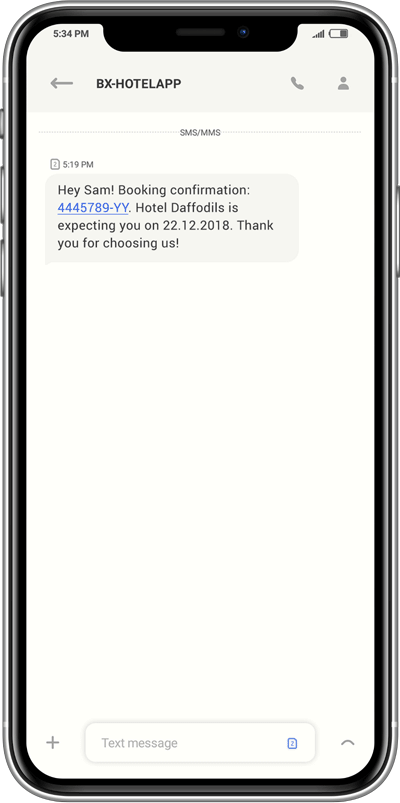
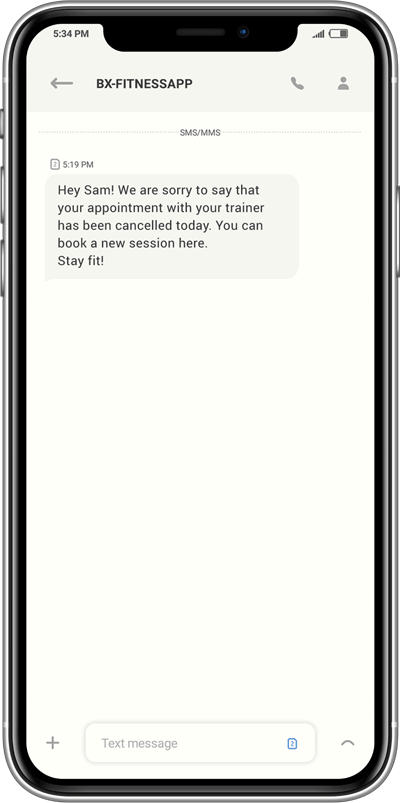
Promotional Content: Rely on Push Notifications
As push notifications are considered less intrusive, it is the right fit for offer announcements, sales, deals, and discounts. To boost cross-selling and upselling opportunities, push notifications can be used to send product recommendations and suggestions.
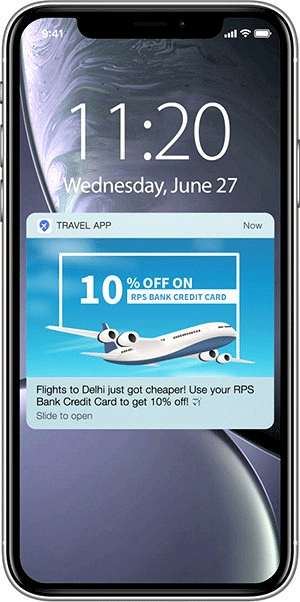
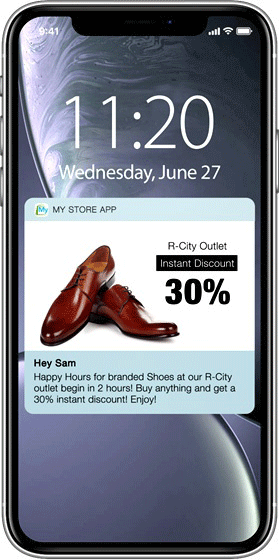
Time- sensitive Updates: Choose SMS
Since SMS is independent of app installs, active internet, and notification permissions, the probability of reaching your users on time is far higher than that of push notifications.
For instance; updates on flight delays, appointment cancellations, two factor authentications, critical reminders like bill payment, due date, etc. can be sent through SMS.
You could also choose to supplement your SMS campaigns with personalised and timely push notifications conveying the same message by leveraging the power of marketing automation at scale.
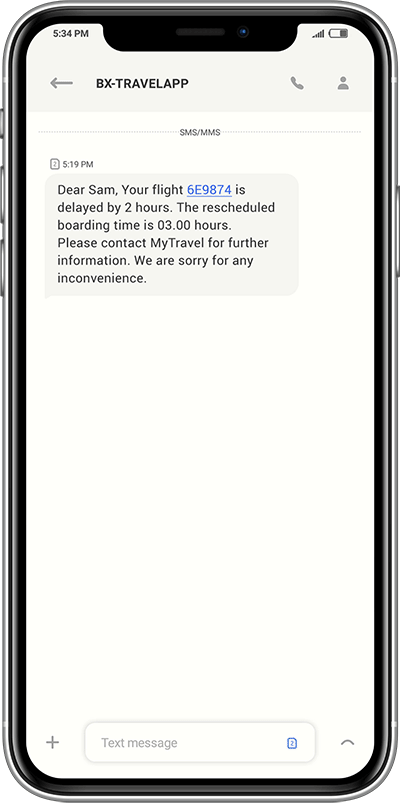
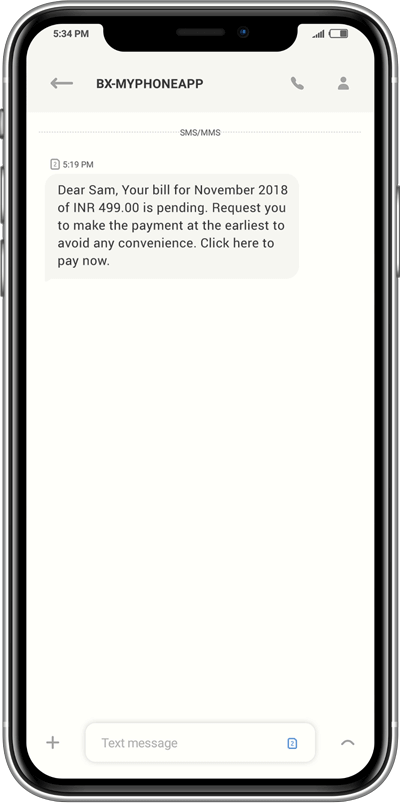
Hyper-personalised Content: Use Push Notifications
There is very limited scope for personalisation and creativity when to comes to SMS content. But, push notifications can be made extremely relevant and attractive through geolocation targeting features, STO and SLO, and rich media features. To drive high performing user engagement, use push notifications. Tailor-made content based on user behaviour and preferences delivered as push notifications can boost app engagement greatly.
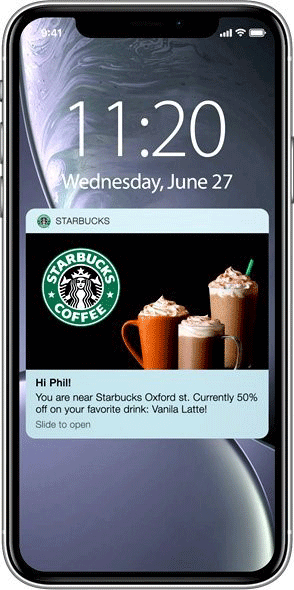
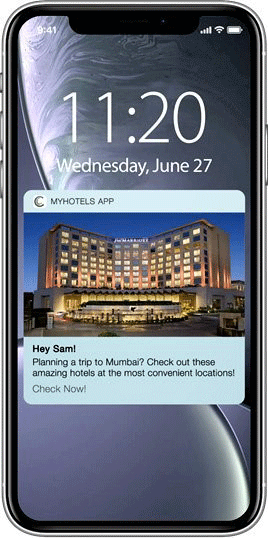
You can also level up the performance of your push notification campaigns through mobile A/B testing.
Also Read: Supercharged Marketing Campaigns: Now Reach your Users on Channels of their Preference
Points to Remember
SMS are easier to delete and harder to search through. Even push notifications disappear as soon as the user swipes left or clears their notifications. This is why when you are sharing information that the user will need to reference later (like payment receipts or help instructions) neither SMS nor push notifications should be used.
Reserve such content to be sent through email. Any information sent by SMS and/or push notifications should be readily actionable in a short timeframe. The objective is always to nudge your users to register important information or move them towards actual conversion.
In today’s multi-channel marketing automation scenario, each communication channel adds up to become more than the sum of its parts. There is no better channel or a winner between push and SMS because both are effective means of direct communication serving specific use cases. While they are not mutually exclusive, they can complement each other to boost overall user engagement, retention, and top-line growth.
Also Read: How to Make Money through SMS Marketing
To learn more about how you can leverage the power of both push notifications and SMS to bolster your mobile marketing strategy, get in touch today!







